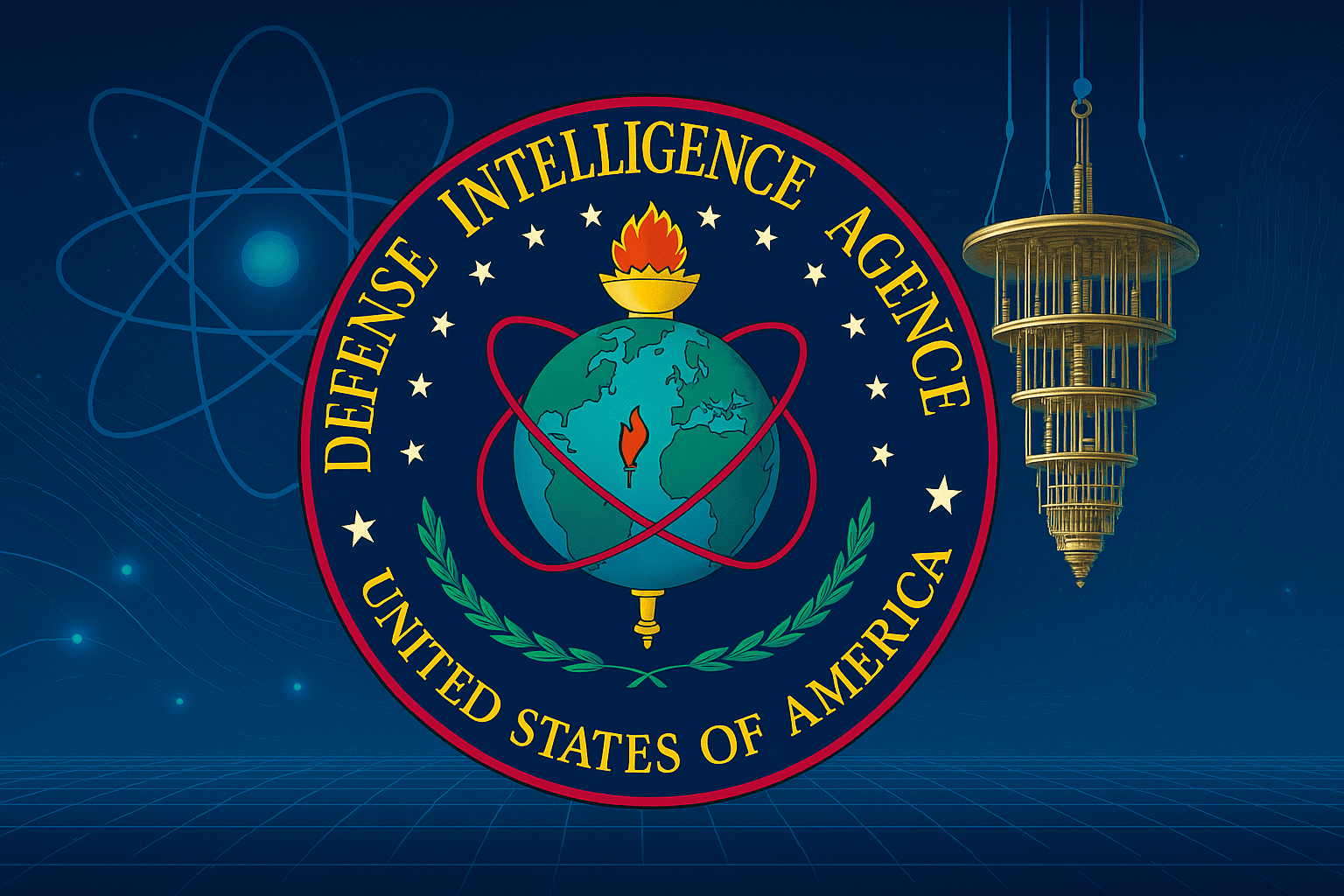
In recent years, the United States has undertaken significant reforms in its defense acquisition system, emphasizing the integration of **commercial capabilities** to accelerate technological innovation and reduce procurement timelines. This strategic overhaul reflects a proactive approach to foster a more agile, cost-effective, and technologically advanced defense infrastructure. The traditional defense procurement model often involved lengthy processes and reliance on specialized, often proprietary, military-specific solutions. However, shifting focus towards leveraging the commercial sector’s rapid innovation cycles marks a decisive move toward modernizing the defense landscape.
The move is driven by emerging global threats, rapid technological advancements, and the increasing importance of integrating cutting-edge commercial innovations into military operations. This shift aims to harness the dynamic capabilities of private companies, startups, and commercial technology providers to ensure that the U.S. military remains at the forefront of innovation.
Key Drivers Behind the Reforms
1. Accelerating Innovation Cycles
The commercial sector, especially the tech industry, has become a powerhouse of rapid innovation. Unlike traditional defense procurement, which can take years or even decades, commercial markets evolve swiftly, bringing new products and solutions to market at an unprecedented pace. The reforms aim to tap into this agility, enabling the military to integrate advanced technologies such as artificial intelligence, cybersecurity solutions, autonomous systems, and advanced communication tools more quickly.
2. Cost Efficiency and Reduced Bureaucracy
One of the fundamental goals of these reforms is to cut down on the bureaucratic hurdles that often delay critical procurements. By streamlining acquisition processes and utilizing commercial standards and practices, the Pentagon aims to reduce costs associated with development and procurement. Moreover, commercial capabilities often come with competitive pricing due to the high volume and innovation-driven nature of private sector offerings.
3. Enhancing Domestic Technological Edge
Focusing on commercial capabilities encourages partnerships with American companies, bolstering the nation’s technological edge. It promotes innovation ecosystems within the U.S., ensuring that the military benefits from the latest advancements developed domestically. This approach also helps mitigate vulnerabilities associated with reliance on foreign technology.
Reforms in Practice: New Acquisition Strategies and Policies
The US defense reform measures involve several targeted policies aimed at integrating commercial capabilities into military procurement processes:
1. Adoption of Commercial Standards and Practices
The Pentagon is increasingly adopting commercial standards—such as those from the private sector—and integrating commercial best practices into defense programs. This includes faster prototyping, iterative development, and rapid deployment strategies akin to those seen in the tech industry.
2. Expanded Use of Other Transaction Authorities (OTAs)
OTAs are flexible acquisition methods that allow for streamlined procurement, often used to foster innovation partnerships with startups and non-traditional defense contractors. The reforms promote wider use of OTAs to engage commercial firms without the lengthy contractual requirements typical of traditional defense acquisition.
3. Lowering Barriers for Commercial Tech Adoption
Efforts are underway to simplify the integration of commercial off-the-shelf (COTS) products and to establish clearer pathways for these solutions to be adopted into military systems. This involves creating standards for security, interoperability, and reliability that are compatible with commercial innovations.
Impact on Defense Industry and Future Outlook
The shift towards prioritizing commercial capabilities is expected to have multifaceted impacts on the defense industry:
- Increased Collaboration: Traditional defense contractors will need to collaborate more with commercial firms, startups, and academia to integrate innovative solutions.
- Thriving Small and Medium Enterprises: Smaller firms often outperform larger corporations in rapid innovation and agile development, creating more opportunities for them to contribute to defense projects.
- Technological Leapfrogging: The military can leapfrog over slow development cycles by adopting proven commercial solutions, ensuring that US defense systems are equipped with state-of-the-art technology.
Looking ahead, these reforms posit a future where the US military becomes even more adaptable and responsive to emerging threats. The focus on commercial capabilities is likely to foster a vibrant ecosystem of innovation that benefits national security, economic growth, and technological supremacy.
Challenges and Considerations
While the reforms hold promising potential, several challenges need careful management:
1. Security and Reliability
Commercial solutions must meet stringent security standards to ensure they are resistant to cyber threats and espionage. Reliability and durability are also critical, especially for military-grade systems.
2. Regulatory and Policy Barriers
Reducing bureaucratic hurdles must be balanced with maintaining accountability, oversight, and compliance with export controls, data security, and intellectual property rights.
3. Cultural Shift
Both military personnel and defense contractors need to embrace a culture of agility and innovation, which may require significant cultural and organizational change.
Conclusion: Embracing a More Dynamic Defense Future
The US defense reforms emphasizing commercial capabilities represent a strategic evolution aimed at fostering innovation and maintaining technological superiority. By integrating commercial solutions more effectively, the Pentagon seeks to overcome the limitations of traditional procurement, reduce costs, and accelerate the deployment of cutting-edge technology. This shift not only modernizes the defense acquisition process but also strengthens the US’s position as a global leader in technological innovation.
As this new approach matures, continuous collaboration between government, industry, and academia will be essential. Ensuring security, standards, and rapid deployment will remain priorities as the US transitions to a more dynamic and innovation-driven defense ecosystem.
For more updated news please keep visiting Prime News World.








